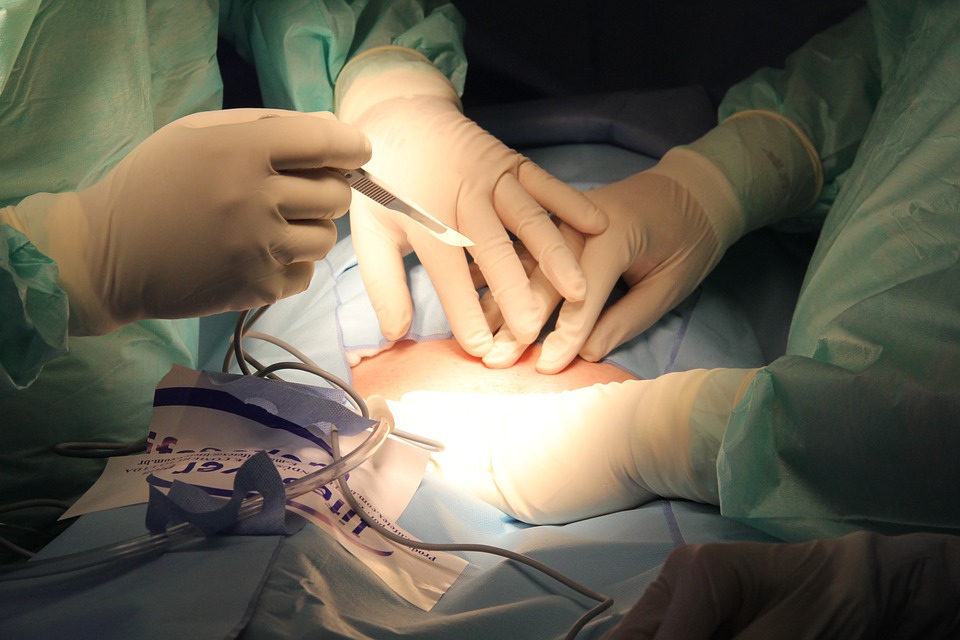Titanium rods can be composed of pure titanium or a mixture of pure titanium and other alloys. Rods are commonly used in medicine as bone replacements, especially in orthopedic surgeries. There are many great natural properties titanium has that make it perfect for medicinal uses.
Titanium has high strength but is very lightweight. The metal is also non toxic and extremely resistant to corrosion. The various corrosive body fluids cannot do any damage to the metal. Titanium is durable and long-lasting with the ability to stay in the body for up to 20 years.
Titanium is lighter than steel, heavier than aluminum, and stronger than both of those metals. While it is more expensive to invest in initially, titanium is cheaper over the long run. This is because there is no service, maintenance, or repairs needed.
Titanium is has high passivity. This allows it to have corrosion resistance to many minerals and chlorides. Titanium is very useful in the medical field because of its non-toxicity. It is also biologically compatible human bone and tissue.
The non-ferromagnetic property of titanium is a huge benefit for medicine. Patients who have titanium rods can be safely examined with MRIs and NMRIs. Most often, titanium is used for reconstructing certain parts of the body.
Failing sockets, joints, or severely broken bones can be replaced with titanium implants. Titanium produces medical pins, rods, bone plates, screws, bars, wires, posts, expandable rib cages, spinal fusion cages, finger and toe replacements, and maxio-facial prosthetics.
Surgically, titanium is one of the perfect resources to use when making instruments. Titanium is harder than steel but more lightweight. It is resistant to bacteria and infection. It can be used with medical instruments that emit radiation. Titanium is also durable and long-lasting. An investment in titanium surgical instruments would pay off extremely well.
The ends of titanium rods can be threaded or hooked. This depends on what the patient needs surgically. Titanium has a natural and wondrous process called osseointegration. Osseointegration is the term used when the bone and tissue in the human body bond to the titanium implant. This phenomenon locks the implant into place permanently.
The specific titanium rod that is used for medicine depends on injuries and how stable or flexible the rod must be. Replacing a bone in the leg, for example, requires titanium alloys. This makes the rod stiff and supportive, like how a bone is naturally. Pure titanium is more flexible and is used when the rod must be formed into a certain shape before implantation.
Most patients receive titanium alloy rods. There is a high friction rate associated with titanium alloy rods, meaning any rubbing against another titanium rod must be avoided. For children who need orthopedic surgery, an expanding titanium rod is used.
This rod is attached to the joints and osseointegration occurs. The rod will grow with the bone as the child grows. Expanding titanium rods can only be used to replace large bones in the body, such as a leg bone. Expanding rods reduce the occurrence of more surgeries since the rod will be able to grow with the child. Expanding rods are generally used as much as possible
However, non-expanding rods are also necessary. Non-expanding rods used in surgeries where the person is still growing means that multiple surgeries will be needed to continually replace the rod. If the rod is not replaced as growing continues, it can stunt a child’s growth since the rod will prevent the body from naturally growing.
Since its widespread production in the 1940s, there have been widespread improvements in the process and production technology, alloy development, measurement of properties and characteristics, and the development of applications throughout many industries. The constant drive to higher efficiencies is part of the reason more medical uses are being found for titanium.






